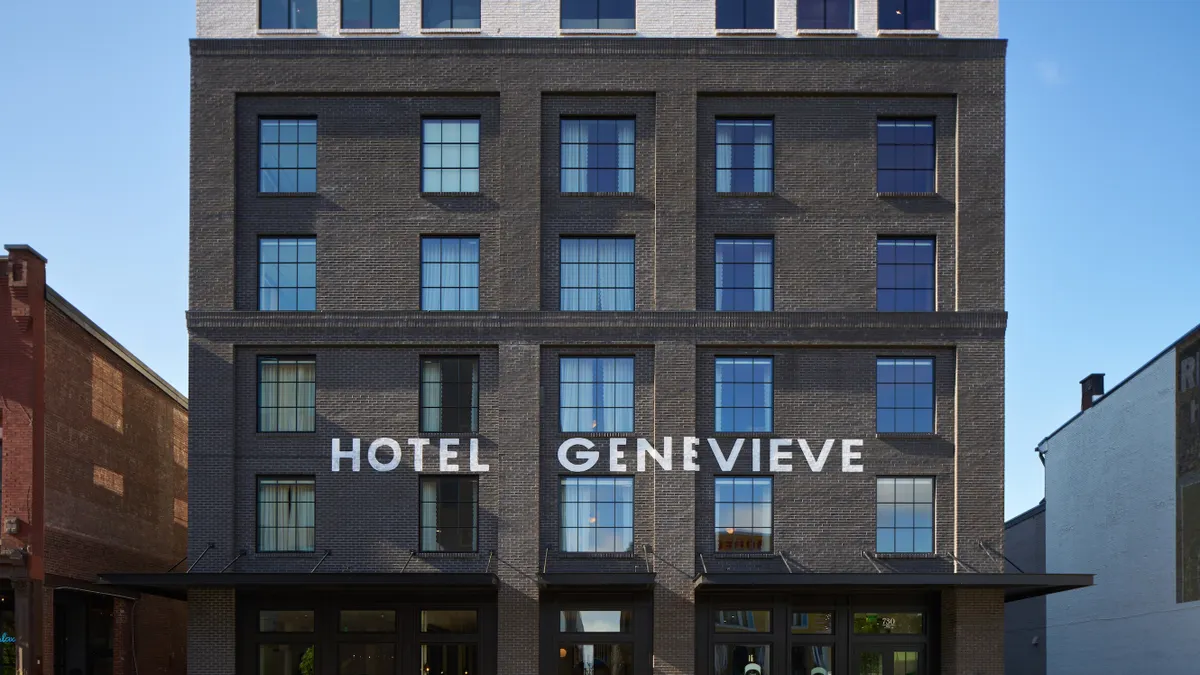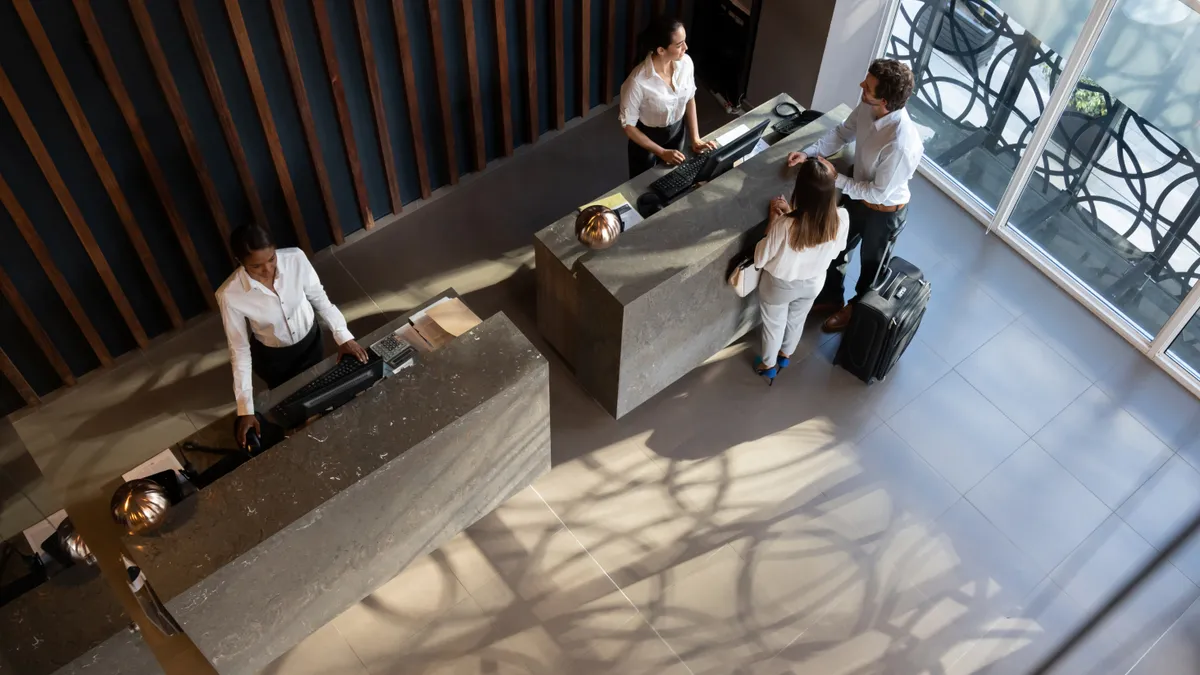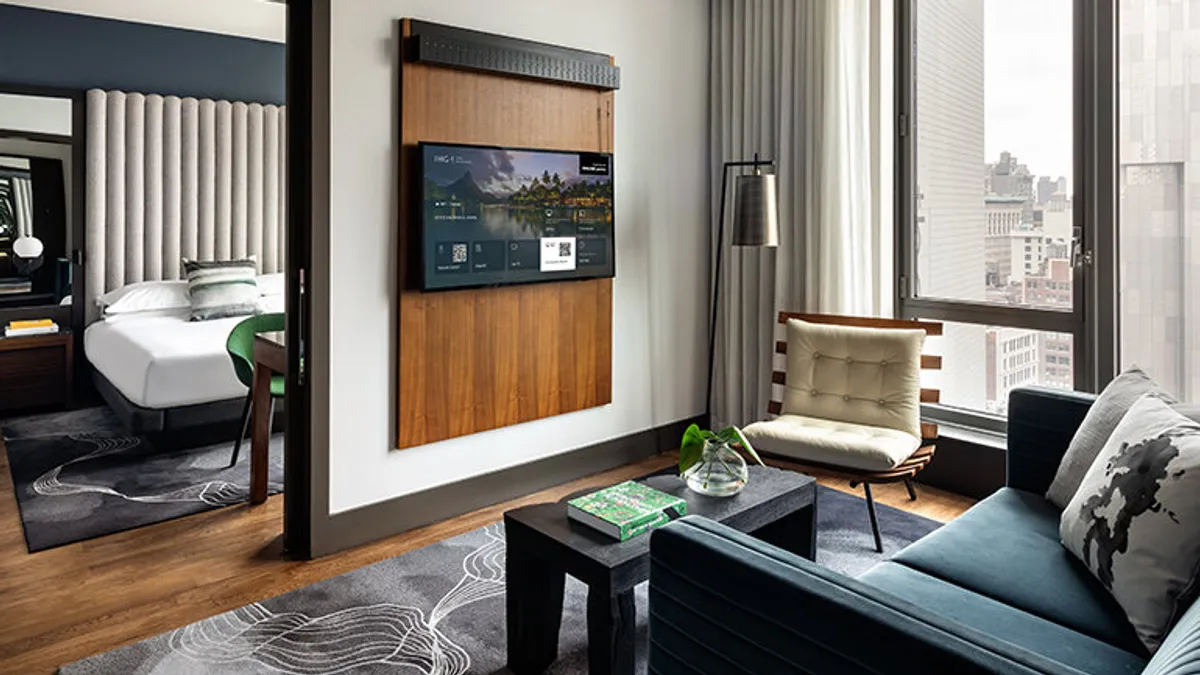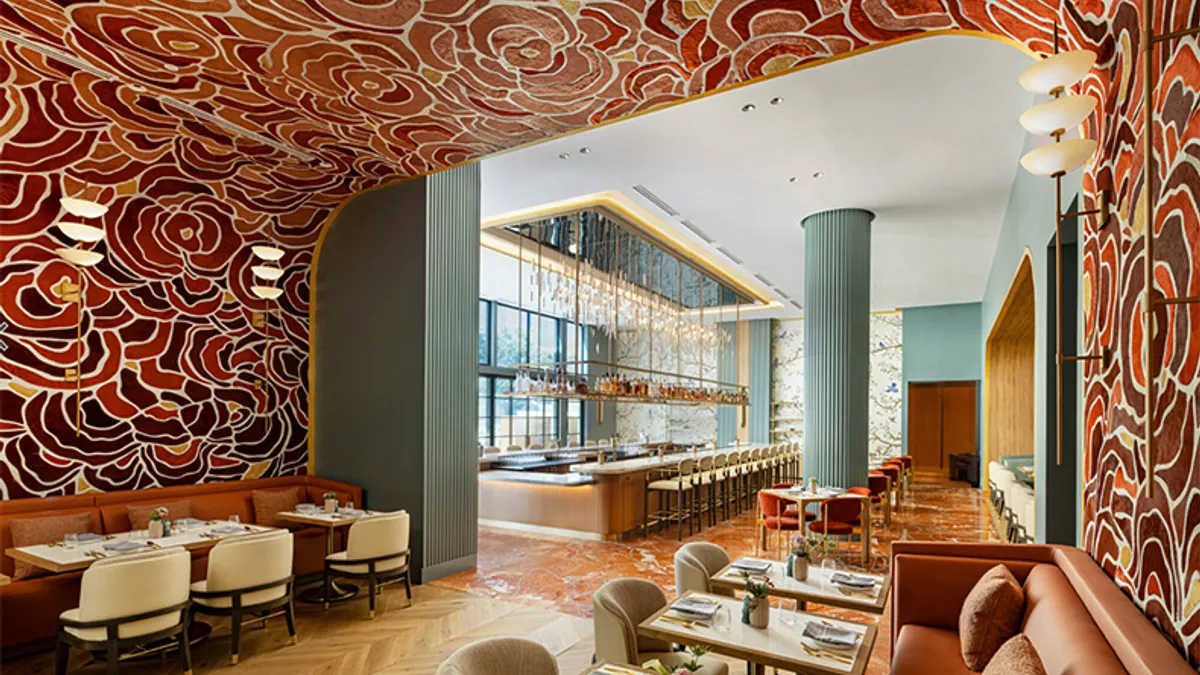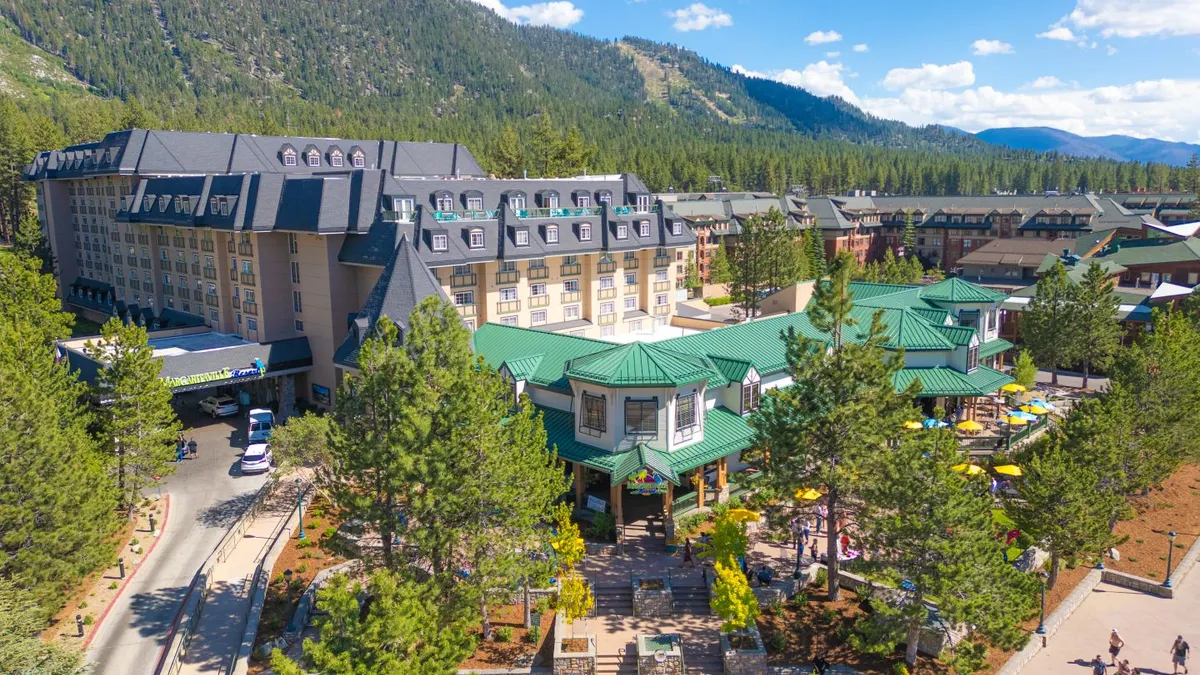The following is a guest post from Frederick Stanichev, head of travel, auto and hospitality at LiveRamp. Opinions are the author’s own.
Travel is transforming. Today’s guests expect more than just a comfortable room — they’re seeking seamless, personalized experiences at every touchpoint of their journey. From booking flights and checking in to hotels to discovering local experiences, travelers want the same level of ease and personalization they enjoy from leading retail and entertainment brands.
For hospitality businesses, this shift presents both a challenge and a massive opportunity. Connected experiences foster deeper brand loyalty and unlock new revenue streams. Hotels are sitting on a goldmine of first-party data that could power this transformation — but data fragmentation and the absence of strong data partnerships stand in the way.
The key to unlocking this potential? Data collaboration. By breaking down silos and leveraging data in smarter, more connected ways, hotels can elevate the guest experience and secure their competitive edge in today’s dynamic travel landscape.
Breaking data silos
When consumers stay in a hotel, there is a wealth of insights collected about their travel preferences, stay history and engagement patterns. But that data may be fragmented across reservations, loyalty programs and on-property services, not to mention the countless touchpoints scattered across the numerous brands and locations that comprise most hotel groups.
A national hotel chain may be unintentionally targeting the same consumers for customer acquisition at the corporate and regional levels with different marketing campaigns, wasting advertising spend and creating an overwhelming experience for prospective consumers.
By combining once disparate first-party data sets from across their organization, hotels can create a unified consumer view and unlock valuable insights from their existing customer journey. With this bolstered data foundation, hotels can deliver a more personalized experience that deepens brand loyalty and turns occasional visitors into lifelong customers.
For instance, a business traveler who frequently books midweek stays and comes in on red-eye flights might appreciate proactive services like early check-in, or a dedicated workspace upgrade. Likewise, a guest who typically enjoys wellness services could arrive to find personalized spa packages suggested based on their past preferences. More than just responding to past behaviors, hotels can use predictive personalization to create tailored experiences that surprise and delight.
Data-driven partnerships
With a strong internal data infrastructure established, hotels can open the door to external data collaboration with partners across the travel industry, such as airlines, local attractions and even ride-share services.
By connecting the dots between every touchpoint travelers use to plan their trip, hotels can contribute to a more connected customer journey that not only maximizes the value of loyalty data but also improves operational efficiency and guest satisfaction. Imagine a guest books a ride-share from the airport, for example. During the ride, screen displays in the car could show nearby restaurants or on-property experiences.
Many hotels and airlines currently have co-branded partnerships. Data collaboration enables them to take these partnerships to the next level. For example, if an airline customer has a large balance of unused miles, hotel brands could present an exclusive offer that encourages them to redeem points for a stay — driving direct bookings, strengthening cross-brand loyalty and reducing the number of unredeemed points in customers’ accounts.
Unlocking new revenue streams
Data isn’t just for enhancing guest experiences — it also drives incremental revenue. With high foot traffic, engaged audiences and rich behavioral data, hotels are uniquely positioned to build commerce media networks. As hotels continue along their data collaboration journey, establishing a media network provides the opportunity for hotels to capitalize on their unique right to win.
By creating a media network, a hotel can offer brands first-party insights and targeted advertising across its owned and operated properties. A guest with a history of booking spa treatments might be offered exclusive deals from a luxury skincare or wellness brand. A local attraction may have a personalized advertisement displayed on the room’s TV screen as a guest enters for the first time. A ride-share app might advertise discounted rides through the hotel’s website or app.
By making it easier to collaborate, media networks also open the door for hotels to attract new advertising partners in other categories who may benefit from a hotel’s differentiated data. For example, a luggage brand may place ads on a hotel’s website so travelers buy a new bag before they go on their trip.
The future of hospitality lies in intuitive, data-powered guest experiences. As travelers increasingly expect seamlessness across every aspect of their journey, hotels that embrace data collaboration will deepen customer loyalty, strengthen strategic partnerships and drive revenue growth.






